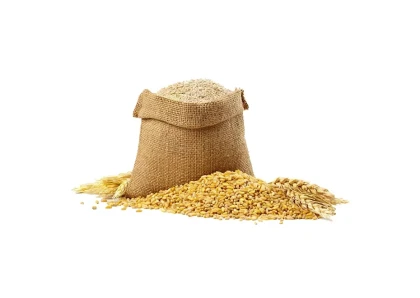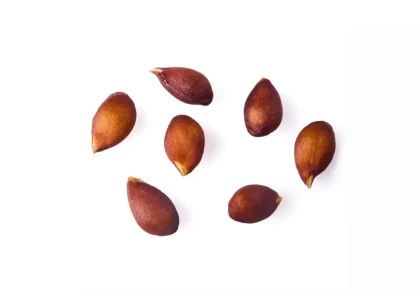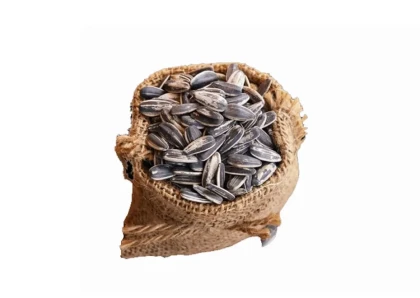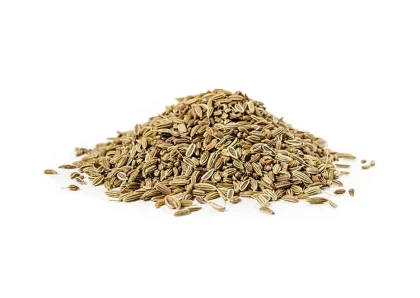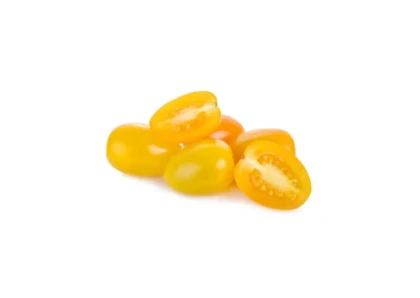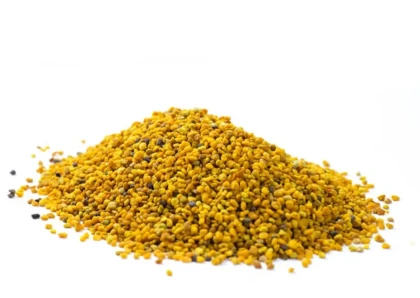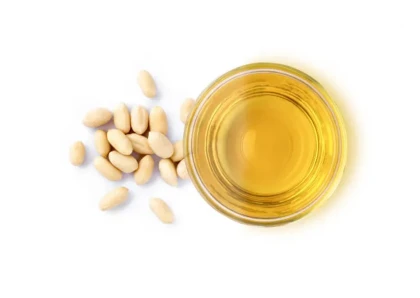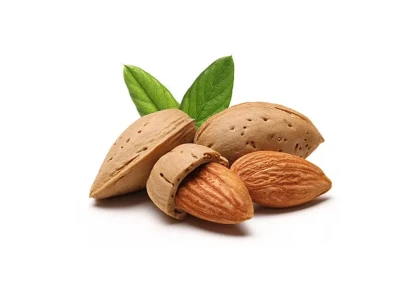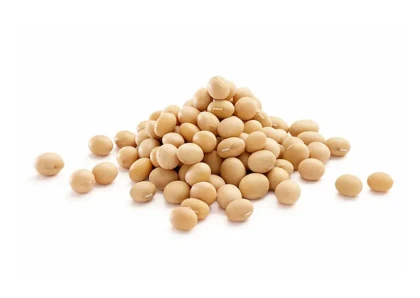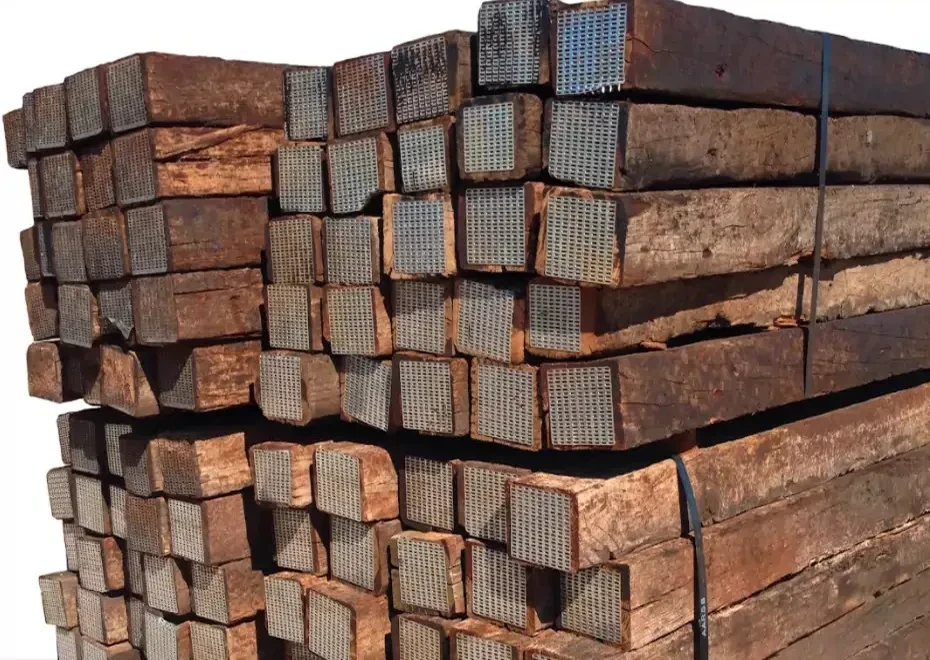
Wholesale Railroad Cross Ties
Overview
A railroad tie, also known as a crosstie or railway sleeper, is a foundational element used in railway tracks. Its primary function is to keep the rails upright, maintaining the correct gauge, and to evenly distribute the load from the rails to the underlying foundation. This ensures the railway tracks can bear the heavy loads of passing trains.
Most railroad cross ties are made from wood, selected for its availability, affordability, and workability. Oak and sweet gum are common choices, prized for their strength, durability, and resistance to decay. Other types of wood like Douglas fir, Southern yellow pine, and various hardwoods are also employed, each offering different degrees of strength and resilience.
However, untreated wood can be vulnerable to decay and insect damage. Consequently, most wooden railroad cross ties are treated with preservatives. Creosote, a tar-like substance, is commonly used, though more environmentally-friendly alternatives such as copper naphthenate and borates are gaining traction.
According to the Railroad Tie Association, approximately 5 million wholesale railroad cross ties were sold in the United States in 2022.
What are the different types of trees that are used for railroad cross ties?
Oak trees, known for their exceptional density and hardness, are often the top choice for crafting railroad cross ties. This is due to their superior load-bearing capacity, making them ideal for heavy-duty railway lines. Additionally, oak's innate resistance to decay and pests increases the longevity of these ties, minimizing the necessity for constant replacements.
Another commendable choice is the Sweet Gum tree. Known for its sturdy nature and resistance to splitting, the wood from this tree proves to be well-suited for withstanding the continuous pressure and vibrations caused by passing trains. Sweet Gum cross ties are particularly prevalent in the Southern United States, where these trees are abundant.
The range of suitable trees for railroad cross ties doesn't stop at oak and sweet gum. Douglas Fir, while not as hard as oak or sweet gum, provides an appealing balance between strength and weight. This makes the ties made from this tree easier to maneuver and install. Similarly, Southern Pine holds its own due to its inherent resistance to decay and a high density that enables it to bear substantial loads.
Moreover, several varieties of hardwood trees, such as hickory and maple, are sometimes employed in certain railway contexts. These trees boast a high strength-to-weight ratio and demonstrate admirable resistance to wear, making them apt for specific railway purposes. Nevertheless, the selection of tree type frequently hinges on local availability and the precise requirements of the railroad track.
Different types of wood products can be made from wholesale railroad cross ties?
- Landscaping Ties: Used for creating borders for gardens, retaining walls, or rugged staircases on slopes. Their durability allows them to endure harsh weather conditions and their rustic appearance adds a natural charm to any landscape design.
- Furniture: From sturdy tables and benches to shelves and other home furnishings, the rugged charm of railroad cross ties furniture imparts a warm, rustic vibe to any interior setting.
- Fencing: The strength and heft of railroad cross ties make them ideal for building robust fences that stand the test of time. Whether used as fence posts or as the fence itself, railroad cross ties provide an appealing and durable option.
- Wooden Sculptures: For the artistic-minded, railroad cross ties can be transformed into striking wooden sculptures, adding a unique touch to parks, gardens, or public spaces.
- DIY Projects: From simple garden planters to complex outdoor structures, they offer a versatile medium for those who love to create. Despite their hardness, they can be worked with standard woodworking tools.
Ideal size and applications of wholesale railroad cross ties?
A standard railroad cross ties usually measures about 7 inches by 9 inches in cross-section and has a length of approximately 8.5 feet. However, these measurements can vary slightly depending on the specifications of the particular railway system or the demands of a certain project.
railroad cross ties find usage in a variety of applications, including:
- Railroad Construction: They form the base on which the metal rails are laid, offering critical support and maintaining the uniform distance between the rails.
- Landscaping: Railroad cross ties are often used as sturdy borders for gardens or as elements of retaining walls, especially in terraced gardens or on uneven terrain.
- Outdoor Furniture: Tables, benches, and even decorative pieces can be constructed from these ties, bringing a unique, rustic charm to any outdoor space.
- Raised Garden Beds: Railroad cross ties can create robust and sizeable frames for plant beds, segregating different types of plants and providing them with a designated growing space.
- Barriers and Fences: They can also be used to construct effective barriers or fences for traffic control, demarcation of property boundaries, or protection of certain areas.
Despite the standard size being ideal for railroad construction, the sturdy build and rustic appeal of railroad cross ties make them a versatile material for a wide range of other applications.
Benefits of wholesale railroad cross ties?
There are many benefits to using wholesale railroad cross ties, including:
- Strength and durability
- Resistance to decay and insect damage
- Long lifespan
- Versatility
Cons of wholesale railroad cross ties?
Some of the potential drawbacks of using wholesale railroad cross ties include:
- Weight
- Heaviness
- Creosote treatment (potential health risks)
- Limited availability
Treated options for wholesale railroad cross ties?
There are two main types of treatment for wholesale railroad cross ties: creosote and CCA (copper chrome arsenate). Creosote is a petroleum-based product that is highly effective at preventing decay and insect damage. However, creosote can be harmful to human health, so it is important to take precautions when working with it. CCA is a less toxic treatment that is also effective at preventing decay and insect damage.
Additional tips for wholesale railroad cross ties?
When purchasing wholesale railroad cross ties, it is important to inspect them carefully for signs of damage. Look for cracks, splits, or rot. It is also important to make sure that the ties are treated with a preservative that is appropriate for the intended application.
Where can I buy wholesale railroad cross ties?
Discover high-quality wholesale railroad cross ties at Forestry. Trust us to provide top-notch options that meet your wholesale railroad cross ties needs. With our commitment to quality and customer satisfaction, find the perfect wholesale railroad cross ties for your project. Contact us now to explore our extensive selection.
- We offer wholesale and bulk buying options for railroad cross ties
- Wide variety of railroad cross ties
- Variety of grades and treatment options
- Knowledgeable team
- On-time completion
- Satisfaction guarantee
Conclusion
Wholesale railroad cross ties are a versatile and durable material that can be used for a variety of applications. They are strong, durable, and long-lasting. However, they can be heavy and difficult to work with. It is important to take precautions when working with creosote-treated ties, as they can be harmful to human health.
FAQs
- What is the difference between a railroad cross ties and a crosstie?
- How long do railroad cross tiess last?
- Are railroad cross tiess safe to use?
- What are the two grades of railroad cross ties?
A railroad cross ties is a piece of timber that is laid perpendicular to the rails of a railroad. A crosstie is a type of railroad cross ties that is laid across the rails to help keep them in place.
The lifespan of a railroad cross ties will vary depending on the type of wood, the treatment, and the environment. However, most railroad cross ties will last for 20-30 years.
Creosote-treated railroad cross ties can be harmful to human health if they are not handled properly. It is important to wear gloves and a respirator when working with creosote-treated ties.
The two grades of railroad cross ties are #1 and #2. Grade #1 ties are the highest quality and are free of defects, while Grade #2 ties have some defects but are still suitable for most applications.
No listings available
Related Products
Questions & Answers
What do you want to know about this product?
Reviews (5)
ForestryFrank99
Robust and Reliable
Excellent quality oak ties! Perfectly treated, stood strong under heavy loads. A great investment for our railway project.
Timber_Tina42
Sturdy and Aesthetic
We used the sweet gum railroad ties for landscaping our public park. They added a rustic charm while being super sturdy.
WoodWorker_Will67
Quality Ties, Competitive Pricing
Excellent quality and variety. Our order of untreated ties was delivered on time. Great value for the price.
LumberJack_Jill32
Versatile and Durable
Used these ties for various DIY projects. Their durability and versatility exceeded my expectations. Highly recommended!
Sawmill_Sam88
Impressive Load-bearing Capacity
Impressed by the load-bearing capacity of these oak ties. Survived heavy traffic on our rail lines with minimal wear.



